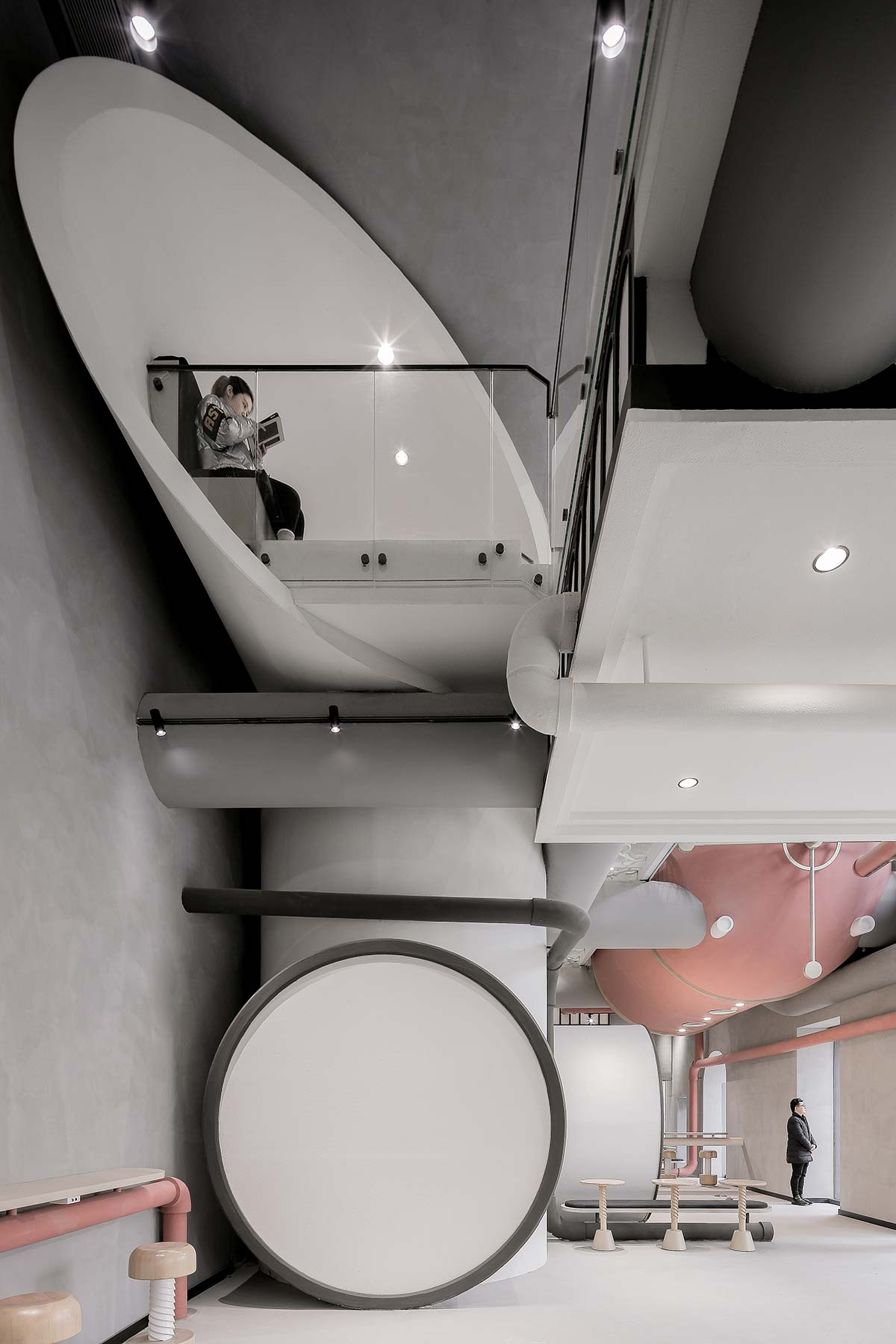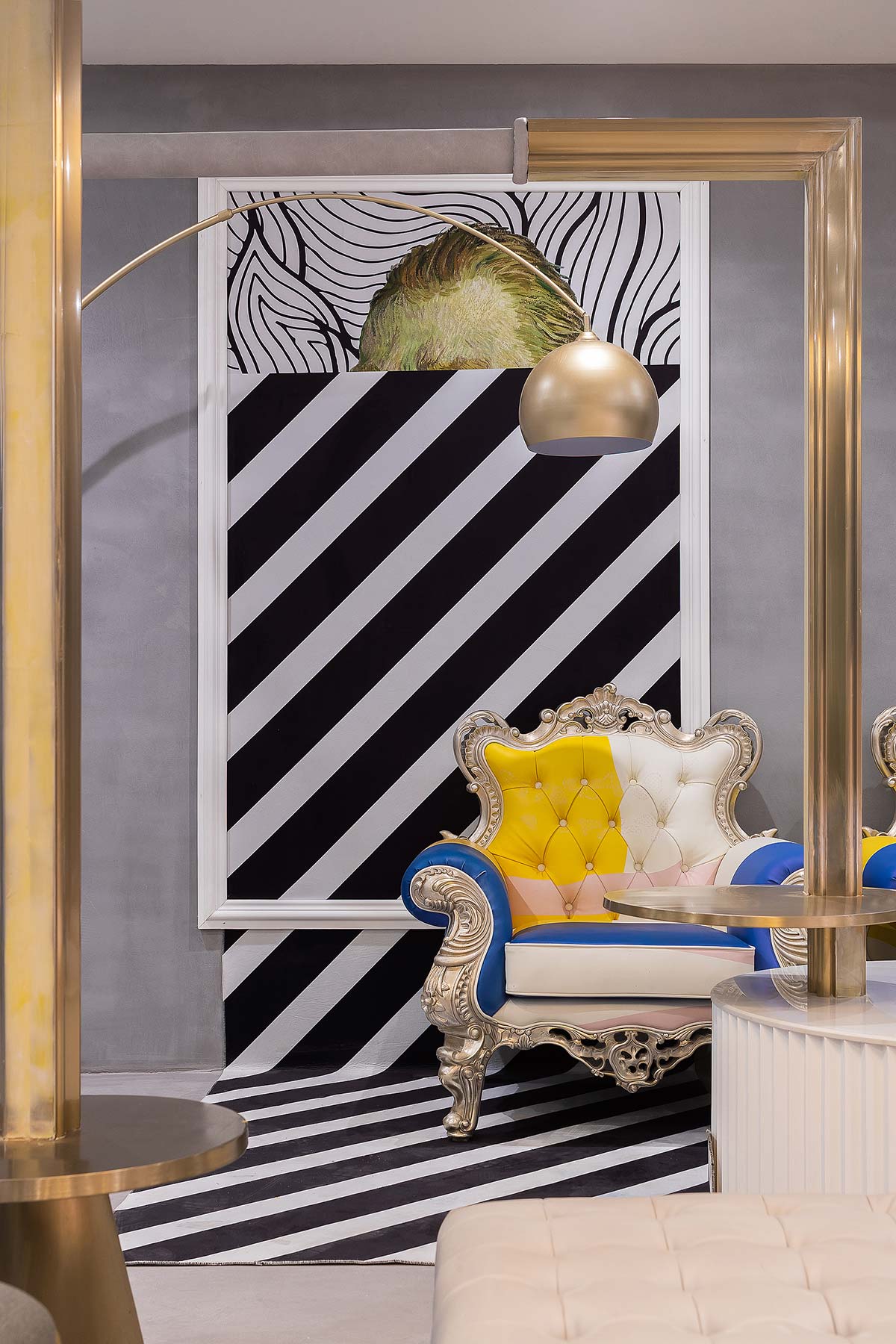X+Living, a few months from its 10th birthday, is undoubtedly an official ambassador of Chinese creativity all over the world. The studio has always stood out for its non-conformist design attitude, free of the hypothetical parameters of the Chinese culture of interior decor. X+Living – unintentionally, perhaps – has encouraged the movement of local design to free up energies in all creative ambits. The results speak of a country that now expresses vivacity in architecture and interior design, utilizing color and materials in a bolder way and also turning to interior designers for the creation of schools and bookstores. Li Xiang is the award-winning founder and driving force of X+Living, an architect and designer who has immediately demonstrated that art, though with total respect for the discipline, can successfully and mutually interact with business. She is the manager of a studio that offers its clients concepts that are creative and concrete at the same time.
On the About section of X + Living web site is written: “the pursuit of the perfect integration of artistic aesthetics and practical functions”. What is your method and how do you improve it?
I have a rigorous standard for designers in my company. Before the process of conceptual design, we need to investigate the usage and psychological needs of all the targeted groups of the project. All of the functional objects in the space should strictly adhere to reasonable size. As for the artistic aesthetics, I’m the one to generally control. And I will make sure every design element or color in the space appears in a harmonious aesthetic feeling.
Your interior projects always have a strong visual impact, is it the starting point or the final result? Do you adjust the function to the aesthetics or is it the opposite way?
The starting point is always the consideration of targeted people. We try to create a fantastic consumer experience beyond their imagination, based on the reasonable satisfaction of consumers’ needs. Whether the project finally turns out to have a strong visual impact actually determines on the different aesthetics feeling brought by different design schemes. I believe that most people think my project have a strong visual impact because I am good at utilizing unconventional design schemes.
X + Living has a very different personality compared to other Chinese design studios, from which cultures do you draw inspiration?
The inspiration comes from various aspects. Maybe the academic year at the school of architecture has influenced me a lot in my interior project. My design thinking is usually based on the consideration of the whole building rather than being constrained in a simple perspective.
Color seems to be a key feature in your projects. How do you decide the colors to use?
Color works for the general concept of the design. It depends onwhich kind of aesthetic feeling I intend to convey to people. In the Loong Swim Club project, I utilized soft colors in order to create a space like fairyland. However in another project Meland Kid’s Club, Iused rich colors which bring a feeling of mystery fairy tale.
The design of workspaces has undergone numerous and recent changes: what do you think about it?
The most important reason of the change in design is due to the development of the industry. In the past, utilization rate of space was emphasized rather than the aesthetics of space design. With the expanding of companies, the brand effect was valued. The design sense of working area were somehow linked to the brand image. Therefore, the role of design was highlighted. Later, due to the rise of co-working space, people with different preferences tend to exist in the same space, which means design considerations are more complex. Together with the fierce competition in the office design market, the growing demand for designers is more and more high. But I think it is a normal and positive change that will drive designers and the market to move forward.

Powerlong Ideas Lab, Shanghai

Unova Coworking Office, Shenzhen, China

Fab Cinema, Xi’an, China
Your projects suggest a direct relation with owners, is that correct? Have you ever worked with developers? How was the relationship in these cases?
Yes, I worked directly with the owners in most of my projects. And I haven’t worked with developers yet.
Made in Italy is highly sought after in China, what are your thoughts about this? Are you in contact with Italian manufacturers?
I think it is because made in Italy is always a symbol of good qualityand good taste. No, I haven’t been in connection with any Italian brands yet. My client usually choose the suppliers themselves since they have to control budget.
Your works are located in China, but your style reveals significant Western elements: in which geographical areas would you like to work and why?
I draw inspiration from various cultural backgrounds, which might be the reason why you can observe Western elements in my projects. But I also have works that are much related to Chinese culture and characteristics. I don’t have particular preference on geographical areas.






























